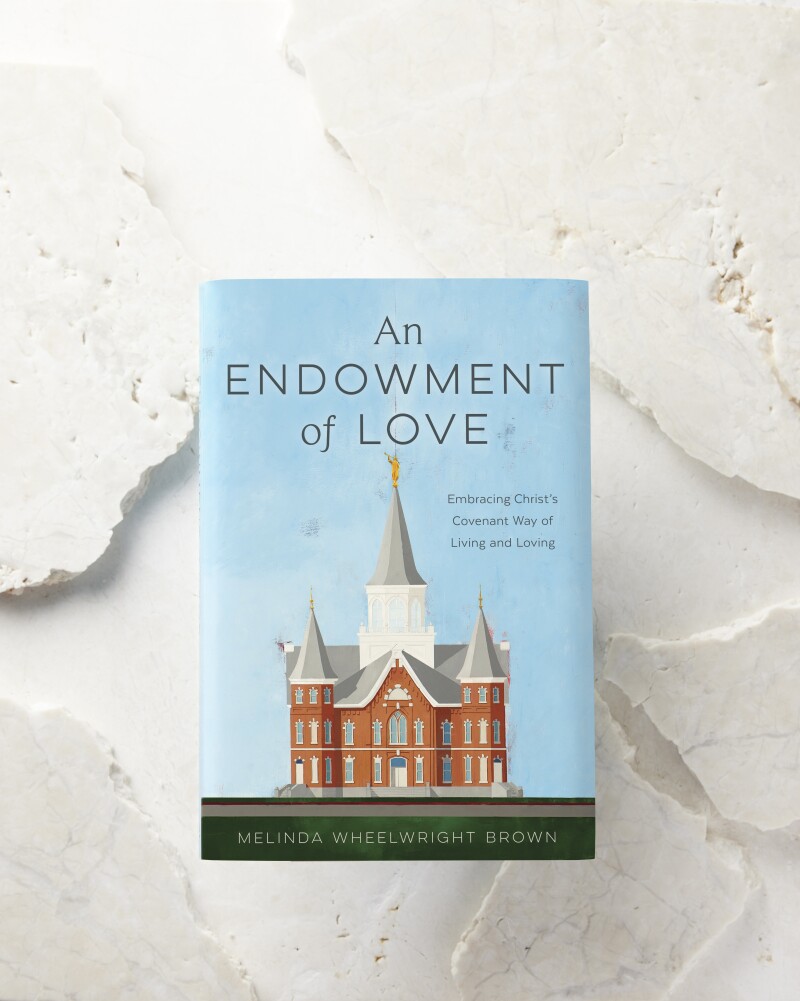Different. That may be the most frequently used word when one describes their experience in the temple. Whether you’re visiting an open house, heading to the baptistry, receiving your own endowment, or returning for the hundredth time, from the moment you walk through the doors, the temple feels different.
That observation begs the question: different from what? Often, what’s meant is that there are noticeable differences between attending church and attending the temple. We dress differently, learn from different symbols and gestures, participate in different ordinances, and make different covenants. Those differences all add up to a sense of ceremony that may feel strange, even though they also highlight several similarities between the two.
Whether we’re worshiping at church or in the temple, we wear something special to acknowledge that this is a special place, set apart from everyday life; we employ emblems and actions that direct our attention heavenward; and those with priesthood authority administer ordinances in Christ’s stead that strengthen our covenant relationship with Him. Regardless of where we worship, we are rejoicing in Christ’s atoning love and expressing gratitude for His atoning sacrifice. Worship means reaching upward, trusting His promise that as we draw near to Him, He is drawing near to us.1
And yet, temple worship indeed feels different because it works on us differently from our typical Sunday service. Scripture offers a clue to help us understand both why and how.
The Old Testament book of Exodus has three consecutive chapters of detailed instructions, from God to Moses, specifying how the children of Israel should construct their traveling tabernacle. This elaborate tent would serve as their temple equivalent, divinely designed as a sanctuary for Jehovah, “that [he] may dwell among them” (Exodus 25–27; 25:8). One of those descriptive details warranted frequent repetition: “blue, and purple, and scarlet” (Exodus 25:4; 26:31, 36; 27:16). These three colors, presumably applied in that order, were intended to adorn both the outer curtains and the inner veil.
God teaches with symbols. In fact, according to Elder Orson F. Whitney, they’re “His favorite method of teaching,”2 in part because symbols invite us to think expansively. These three colors—blue, purple, and scarlet—are symbolically significant because they contain an idea bigger than mere decoration.
Though all symbols are multivalent (meaning they can make multiple connections concurrently, hence their great teaching power), blue has long been associated with heaven, since it’s the color of the sky. And red represents the earth, particularly to those living in a desert climate. And, as even a child knows, when blue and red are mixed together, they make purple. In this sense, the ornamental colors of the traveling tabernacle vividly signify that this is a sacred place where heaven and earth meet, merge, and mingle like no other. The house of the Lord is a dedicated liminal space where humanity and Deity come together to interact in covenant relationship with one another.
As we cross the threshold into the temple, that metaphorically purple zone, we leave behind many of mortality’s constant stressors. The noise level drops, time seems to slow, and order abounds. There’s no chaos, rushing, or mess; rather, peace prevails. Even before participating in any formal ordinance, our movements become more thoughtful and deliberate because we sense the Lord’s abundant love.3
This is how temple worship works. It’s an interactive experience with Deity in the most sacred of settings that gently shapes us into who we desire to become: covenant children intent on loving God and loving one another. Our repeated temple experiences actively and iteratively immerse us in Christ’s covenant way of living and loving through revelatory modes of instruction. Because of these sacred elements, our prophet can confidently promise us that temple worship “will bless your life in ways no other kind of worship can.”4
Editor’s note: A longer version of this article first appeared in the May/June issue of LDS Living magazine.
Learn to feel at home in the temple
More articles for you:
▶ Ask yourself this question to feel more prepared for the Second Coming
▶ The best thing parents can send with their missionary
▶ This might be the best thing to tell someone before they receive their endowment
Notes
1. See Doctrine and Covenants 88:63; 109:9, 19.
2. Orson F. Whitney, “Latter-day Saint Ideals and Institutions,” Improvement Era 30, no. 10 (August 1927), 861.
3. See Doctrine and Covenants 109:13.
4. Russell M. Nelson, “The Answer Is Always Jesus Christ,” Liahona, May 2023.



